
Still the Best – Batman: Arkham Asylum - Article
by Evan Norris , posted on 27 December 2018 / 10,062 Views
This is the first in a planned series called "Still the Best", where I compare older games against popular newcomers in the same genre.
At New York Comic Con in October, minutes before the Spider-Man: Into the Spider-Verse panel was due to begin, the pre-panel emcee attempted to warm up the crowd with a simple question: which is better, Batman: Arkham or Marvel's Spider-Man? The crowd response was mixed—surprising, considering all the Spidey costumes at Madison Square Garden that day—with about half going for Rocksteady's Batman series and the remaining half opting for the web-slinging PS4 exclusive. I remained quiet, having played only the Arkham games. Now, a couple of months later, with Spider-Man under by belt, I can say confidently that Batman: Arkham—specifically, Arkham Asylum—is the superior game. In fact, nine years after the fact, Arkham Asylum remains the very best superhero game, Spider-Man's critical and commercial successes notwithstanding.
I realize this will take some convincing. First, Asylum is not typically considered the best of the Arkham series—that honor goes to its open-world sequel Arkham City—so how could it possibly be the greatest superhero game? Second, Spider-Man is the flavor du jour, fresh in the minds of fans, and beloved for its admittedly excellent aerial locomotion, close-quarters combat, and suit customization options. Yet there is a case to be made for Asylum over all challengers, in terms of pacing, atmosphere, and general game structure. In short, the semi-linear Metroidvania structure of Batman: Arkham Asylum is superior in execution to the open-ended urban sandbox composition of its sequels and 2018's superhero darling.
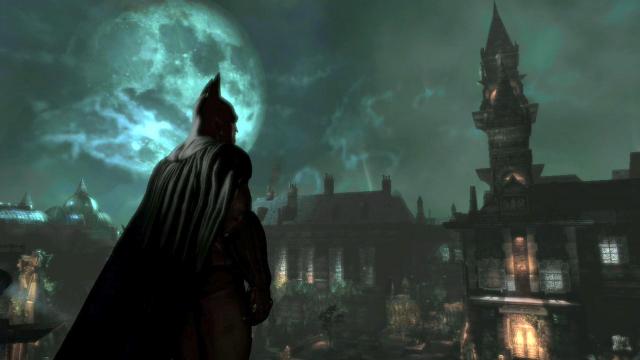
Arkham City and the Transition to Open-World
What most people pinpoint as a positive transition—the movement away from semi-linear gameplay in Asylum to a full-blown open-world experience in City and its sequels—I identify as a step backwards. The series transformed in a couple of years from a lean, efficient, semi-structured action-adventure into a relatively formless sandbox game, with a lot of busy work and an abundance of so-called artificial game lengtheners. Now, that's not to say that an open-world experiment is inherently inferior. Rather, it's all about execution. In the case of Arkham Asylum and Arkham City, developer Rocksteady executed the former's interlocking hub-and-spoke layout more effectively than the latter's open-ended urban sprawl.
By focusing on a single, smallish setting—the bleak, gothic Arkham Asylum—Rocksteady achieved wonders in story-telling (both verbal and non-verbal), setting, atmosphere, pacing, and, most importantly, gameplay. The asylum is a character in itself, claustrophobic and dynamic—revisiting locations across asylum grounds at different periods throughout the night reveals decay, graffiti, etc.—and a playground, sitting firmly in the Goldilocks zone between too linear and too amorphous, that allows guided progression, passive world-building, and the freedom to explore and backtrack with upgraded skills and devices should you as the player see fit. Rocksteady might have improved things mechanically and technically in City and its open-world follow-ups, but never again did it capture the focused fun of Asylum.
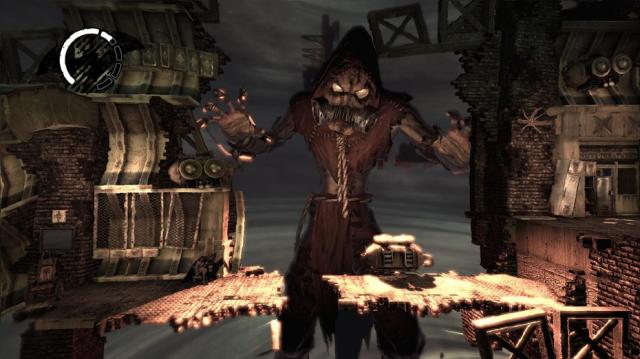
Moreover, Asylum has a handful of unique boss encounters that help it rise above others in the Arkham canon, even if, admittedly, City boasts the best boss fight in the series: Mr. Freeze. In the grimy halls of Arkham Asylum, under the spell of Scarecrow's fear toxin, Batman must navigate his way through a series of obstacle courses set in a nightmare world. Later, in one of the most breathless and suspenseful episodes in modern gaming, the Dark Knight must move stealthily across flimsy, floating boards as a man-eating monster swims beneath the surface.
While Arkham City opened up the franchise, geographically and mechanically, it lost some of the intentionality of Asylum. Yes, its art direction and graphical horsepower are astounding; sure, its combat system and locomotion options clearly more evolved than its predecessor. Yet for all its good points, Mr. Freeze included, City delivers an uneven open-world adventure. Apart from its preposterous premise—don't get me started on Quincy Sharp's ascension to mayor or the city's acquiescence to an open-air maximum security prison in its backyard—the game suffers from something that infects many modern large-scale action games: bloat.
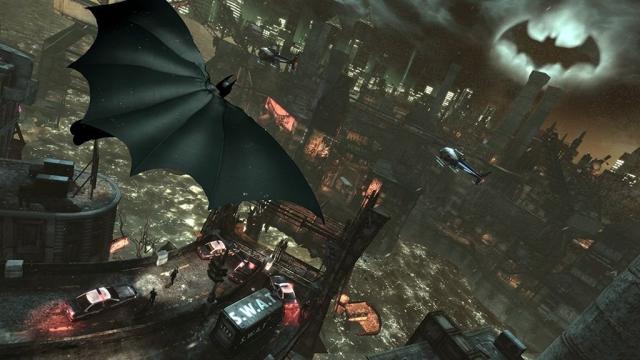
City boasts more villains, more Riddler trophies—440, up from 240—more side-quests, more real estate, more everything, but comes up against an imbalance between meaningful activities and challenges and what amounts to inessential filler. Sure, there's an entire city at your wing tips, but much of it will simply be glided or mantled over unthinkingly, as players send the caped crusader back and forth among main mission points. Again, there's nothing wrong per se with extra content and space, but in order to be valuable it must be content worth absorbing, space worth exploring. In Arkham City, only sporadically is the actual city worth the effort.
Spider-Man as the Heir Apparent
Like it or not, fans and critics will forever compare Rocksteady's work with Arkham to Insomniac Games' Spider-Man. The former is the series that legitimized licensed superhero games and the latter its heir apparent. In that comparison, 2018's PlayStation 4 exclusive emerges the victor—at least in three out of four match-ups. While it might not outclass the game that started it all, Spider-Man stands as a superior sandbox experiment weighed against City and its sequels Arkham Knight and Arkham Origins (the latter developed not by Rocksteady but rather WB Games Montréal).
It helps that Spider-Man as a hero makes more sense in an open-world environment. Whereas the small-scale stealth-action and problem-solving of Asylum is a great match for Batman—a mortal hero whose brain is arguably his greatest asset—the same cramped, cerebral setting would be a liability for Spider-Man. No, Spidey belongs in the spaces among skyscrapers.
While Spider-Man comes closest to unseating Arkham Asylum, it ultimately fails to eclipse the more structured comic book caper. This is due in part to the game falling into open-world traps straight out of the Ubisoft playbook, and in part to some unforced errors of its own.
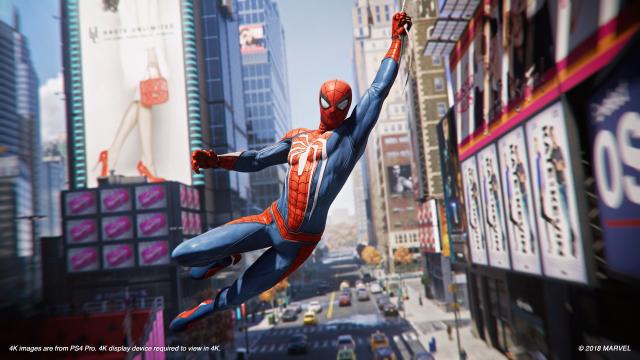
Now, to be fair Insomniac's take on the superhero genre features several positive things (keep in mind I consider it the second-best of its kind). Apart from its deep, flexible suit customization options, which allow players to dress Spidey in almost 30 comic book and movie inspired costumes, the game boasts a more evolved, more aerial, more cinematic version of the combat framework Rocksteady crafted. The costumed webslinger moves across the ground, off buildings, and through empty space graciously and seamlessly, chaining together spectacular combos, firing off special web-based attacks, and interacting with environmental fixtures.
This latter point is perhaps the game's most impressive feat. The coders at Insomniac worked miracles, in combat and in player locomotion, to make Spidey interact with the game world in the way you'd expect. A thrown post box cuts through the clutter of battle and hits its mark, a webbed bad guy sticks to the lamp post behind him, et cetera, et cetera. Rarely does a body fly off with no purpose; almost never does Spider-Man hit a wall and bounce off helplessly, breaking immersion. There's a theatricality to almost everything in Spider-Man.
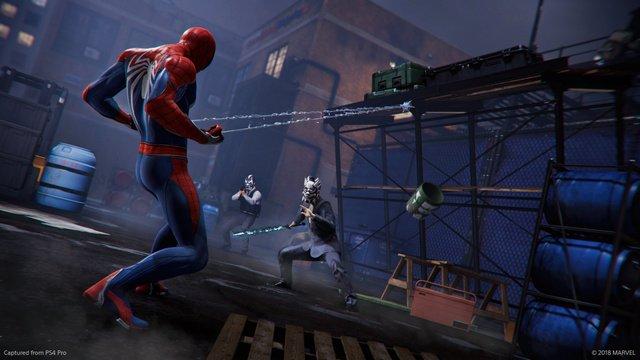
Of course, that mindfulness translates to the urban locomotion that won over so many fans in 2018. Swinging, crawling, wall-running, and falling across the high-rises of Manhattan is smooth and often joyful, mitigating—to a point—the thoughtless open-air traversal that bogs down so many sandbox adventures.
Despite these marvelous mobility mechanics, moving above the city skyline can sometimes feel like a chore. Mission points often arrive far away from your current destination, encouraging you to swing miles across the urban jungle of New York City. Much of this feels designed to highlight the vastness of your urban environment or cynically to extend the game's length; rarely, at least after the first couple of hours, is it fun or meaningful. There isn't a pervasive sense of danger, or an abiding potential for discovery and exploration. There's plenty of side content along the way, sure, but like the early Assassin's Creed games, many of the side missions are tedious and duplicative.
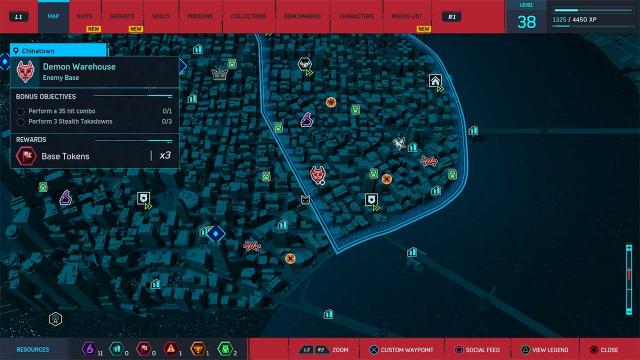
In fact, with its radio towers, busy work, and map cluttered with icons, Spider-Man on PS4 is very much an open-world throwback. Where modern games like The Witcher III, Breath of the Wild, and the other big 2018 PS4 exclusive God of War are making open-world experiences more about creative exploration and problem-solving, Insomniac's marquee title is, in the vein of last-gen adventures like Assassin's Creed and Sleeping Dogs, more about checking off a long to-do list.
Spider-Man makes matters worse with several side-kick main missions, where players leave Spidey behind and control either Mary Jane Watson or Miles Morales in momentum-killing stealth/investigation sequences. The energetic pacing of the game slows to a crawl and players must embrace some tiresome trial-and-error stealth action. These episodes—which no one asked for—are the low point of what is, despite its adherence to an archaic open-world format, a near-great superhero game.
Final Thoughts
Spider-Man is a promising first try for Insomniac. The combat system is deliriously fun, moving around Manhattan is almost uncannily intuitive, and there are suit options aplenty. A sequel, stripped of side-kick missions and featuring a more organic urban playground, might take the title "Best Superhero Game."
For now, though, Batman: Arkham Asylum wears that crown. While it's less ambitious than its sequels and lacks the finesse of Spider-Man, its planful pacing, winning action-adventure formula, unique events, and controlled atmosphere make it a more complete, more satisfying video game.
Thank you for reading. Please leave your thoughts and also any recommendations about other games and genres that might be featured in this series.
More Articles
I prefer Spider-man on ps4 any day its more energetic and fast-paced also the graphics are godly and the amount of costumes and power customizations are amazing.
Recently played the remastered Arkham Asylum again and clearly noticed that it's the first game in the series. Game world is very limited, game play isn't as refined. Some very underused gameplay elements and enemy types. 100%ed the game in 11 hours (without the bonus challenges), so it's a bit short on content. Bad final boss fight etc.
Arkham City feels far superior. Still liked Arkham Asylum though.
I agree that Asylum is the best superhero game, but I think an open world was the natural next step for City. I'm sure a lot of people requested it, although they also asked for the batmobile and we all know how that turned out lol
I haven't played Spider-man so I can't judge there, but having played both Asylum and City, I would rank City above Asylum every time. The open world of City can be just as linear as you want if you just go from main mission to main mission, or if you prefer to explore and discover like I do then if has a wealth of fun things to do. It also updated the combat, the tech, the puzzles, almost everything (including the story) was an improvement over Asylum. Just one example would be how so many of the Riddler trophies in Asylum where just 'find the thing' and yet in City you have a plenty of clever puzzles you must solve with a variety of gadgets to retrieve them even though they are clearly sitting out in the open.
I love Asylum and the Killer Croc section was probably my favorite in the whole series, but I feel like anyone who prefers it over City either has a nostalgia bias or just dislikes open world games.
I love open world games, when the worlds inside are thoughtful and filled with engaging content. Breath of the Wild and Morrowind are two of my favorite games of all time. I played Asylum and City back-to-back (and they came out two years apart, anyway) so it's not like I'm pining for the glory days of 2009. You can make a point without pigeonholing or invalidating anyone who thinks differently.
I have to agree that the idea of a city for criminals was ludicrous. I haven't played spidey yet so can't validly compare the two. However I have always felt that AA was always the genre defining game which had to build everything including the combat from the bottom. Spidey has simply improved on it all. Crom that aspect it is veey hard for me to see Spiderman beating AA.
And arkham knight is the worst






















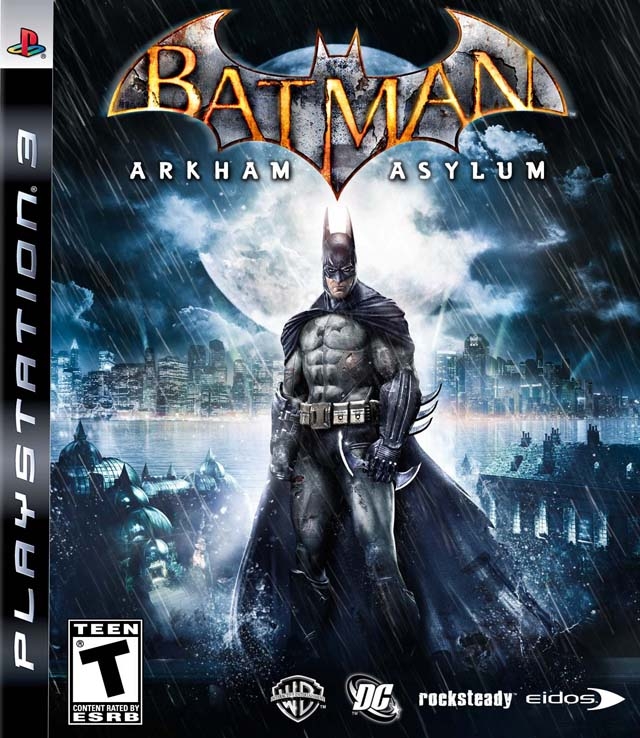







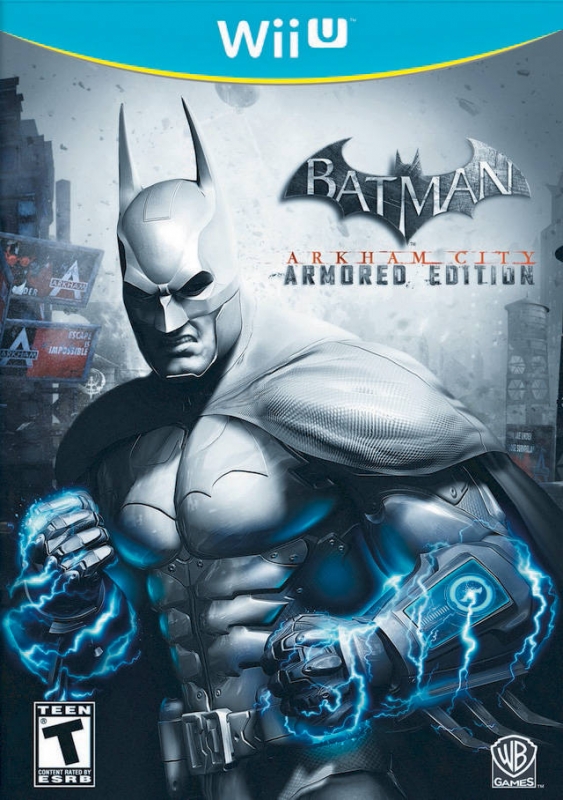

 Essay Pro
Essay Pro